Government Regulations and Funding
Government regulations and funding initiatives are crucial drivers of the Emergency Ambulance Vehicle Market. Many countries are implementing stringent regulations to ensure that emergency medical services meet specific standards of care and response times. This regulatory framework often leads to increased funding for ambulance services, enabling the acquisition of modern vehicles equipped with advanced medical technology. For example, recent policy changes in several regions have allocated substantial budgets for upgrading emergency fleets, which is expected to enhance service delivery. As a result, the Emergency Ambulance Vehicle Market is likely to experience growth as public and private sectors collaborate to meet these regulatory demands.
Rising Awareness of Health and Safety
The growing awareness of health and safety among the public is significantly influencing the Emergency Ambulance Vehicle Market. As communities become more informed about the importance of immediate medical assistance, there is an increasing expectation for accessible and efficient emergency services. Public campaigns and educational programs are fostering a culture of preparedness, which in turn drives demand for well-equipped ambulances. This heightened awareness is reflected in the increasing number of emergency service subscriptions and memberships, which are projected to rise by 20% in the coming years. Consequently, the Emergency Ambulance Vehicle Market is poised for expansion as service providers strive to meet the evolving expectations of the populace.
Increasing Demand for Emergency Services
The rising demand for emergency medical services is a primary driver of the Emergency Ambulance Vehicle Market. As urban populations expand and the prevalence of chronic diseases increases, the need for timely medical intervention becomes critical. According to recent statistics, emergency calls have surged by approximately 15% over the past few years, necessitating a corresponding increase in ambulance availability. This trend indicates a growing recognition of the importance of rapid response in saving lives, thereby propelling the market for emergency ambulances. Furthermore, government initiatives aimed at enhancing healthcare infrastructure are likely to bolster investments in emergency services, further stimulating the Emergency Ambulance Vehicle Market.
Technological Advancements in Ambulance Design
Technological advancements play a pivotal role in shaping the Emergency Ambulance Vehicle Market. Innovations such as telemedicine integration, advanced navigation systems, and real-time data transmission are enhancing the efficiency and effectiveness of emergency medical services. For instance, the incorporation of GPS technology allows for optimized routing, significantly reducing response times. Additionally, the development of electric and hybrid ambulances is gaining traction, aligning with sustainability goals while providing cost-effective solutions. The market is projected to witness a compound annual growth rate of around 8%, driven by these technological enhancements that improve patient care and operational efficiency in the Emergency Ambulance Vehicle Market.
Aging Population and Increased Healthcare Needs
The aging population is a significant demographic trend that is driving the Emergency Ambulance Vehicle Market. As the global population ages, the incidence of age-related health issues, such as cardiovascular diseases and mobility impairments, is on the rise. This demographic shift necessitates a robust emergency medical response system to address the unique healthcare needs of older adults. Projections indicate that by 2030, the number of individuals aged 65 and older will increase by 30%, further intensifying the demand for emergency services. Consequently, the Emergency Ambulance Vehicle Market is likely to expand as healthcare providers adapt to the increasing need for timely and effective emergency medical interventions.
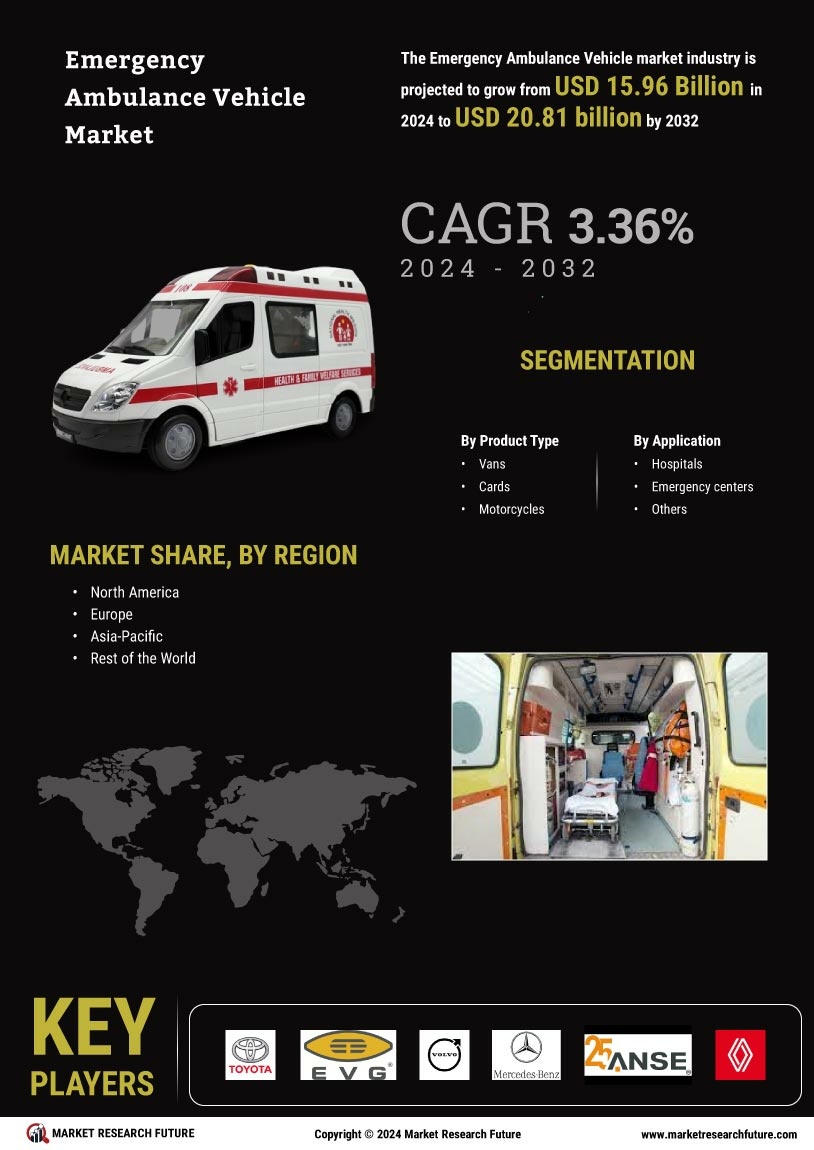

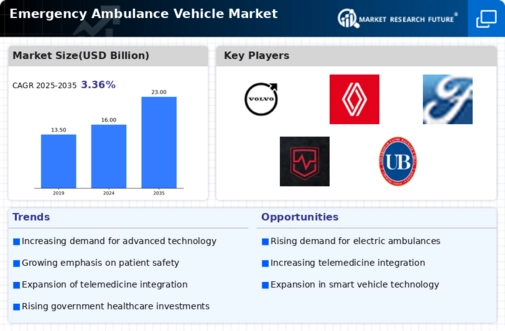
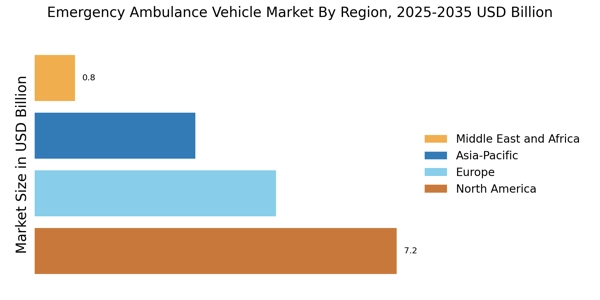
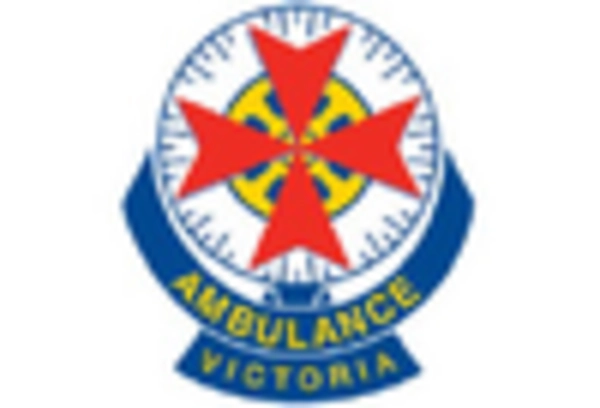



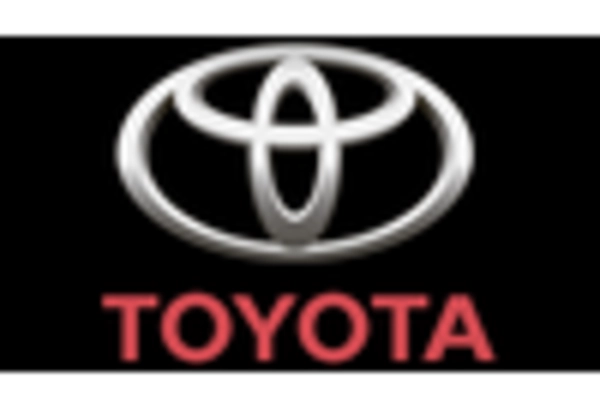









Leave a Comment